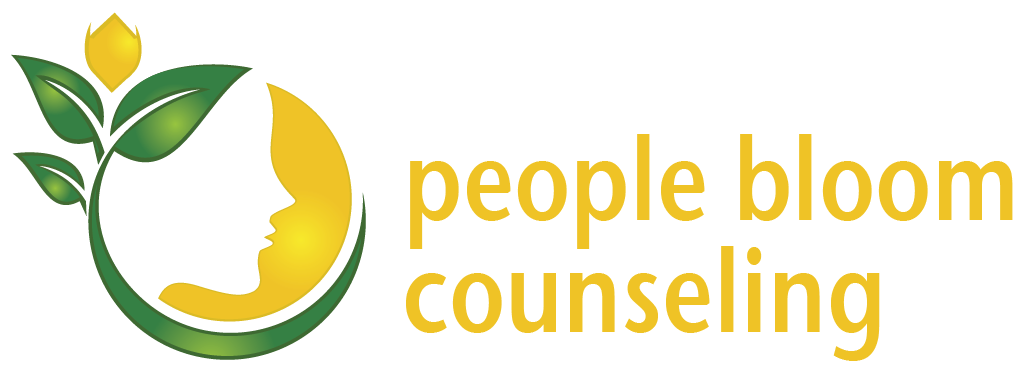Source: Giulia Bertelli on Unsplash
So Valentine’s Day is over. All the hype about roses, chocolate and jewelry is behind us, for now. If you’ve been following my work, you know how I feel about Valentine’s Day. I wish that we’d remember to love everyday, to be less predictable in our gift giving and to send chocolates whenever. And, if you received a lot of love and attention on Feb 14th, I hope that tenderness continues throughout the year.
We often look to another person for care and for watching out for each other and extending mutual support. However, how much thought do we put into caring for ourselves? Like, the things you do for another or expect another to do for you - what would it be like if you did some of those for yourself?
Here’s what I mean by that.
I don’t even remember the context of this but I had to wake up really early one morning and the night before, I laid out a small thing for myself to help me get ready. The thing was so small I have a hard time recalling what the item was, but the impact was great. I’m not a morning person and when I woke up to this delightful surprise which I’d forgotten about from the night before, I was very grateful, to myself.
It was as if my husband anticipated a need and met it, except it wasn’t my husband; I was watching out for me. I still remember feeling warm inside, that someone loved me and cared for me. Aww, how incredibly thoughtful of you, I thought. That was so sweet. Thank you. I love you too. It was certainly a me, myself and I moment, passing the love around.
If this sounds a little foreign, it is.
In the way that you’d show appreciation to your partner if they did something nice for you, how is that different from when you show kindness to yourself? You want to make you happy; you want to tell yourself, “I love you and you matter to me. Of course I’ll help you prepare for the day, make coffee for you, drive you places, take you to do the things you love doing.” That’s a no brainer, except we don’t tend to think like that.
It’s a chore to do things for ourselves and sometimes, it’s a chore to do for others as well. We think we have to get through the day with these many to-do’s and we take for granted the privilege of being able to do for others, for ourselves.
The next time you find yourself grudgingly getting through the routine of the day, especially when doing the tasks that you’re doing for you, would you take a moment to do this: Instead of saying, “I have to...” say, “I get to...” and notice what that does. I get to lay out my clothes, for me. I get to do a load of laundry, for me. I get to cook a Blue Apron meal, for me.
Let me know how that feels different, if at all. I'll be here if you need more tangible help with self-compassion.
Ada Pang is the proud owner of People Bloom Counseling, a Redmond psychotherapy practice in WA. She helps unhappy couples find safety and connection in their relationship. She also helps cancer thrivers and their caregivers integrate cancer into their life stories. One of the most loving things she had done for herself lately was to buy herself some replacement socks. She has been wearing the same 5.5 pairs of cotton socks for many years, their colors fading and the wear and tear is evident. And, she has needed to do laundry quite frequently, or otherwise go fishing in her laundry basket at times. She’s very grateful for these new socks.






















